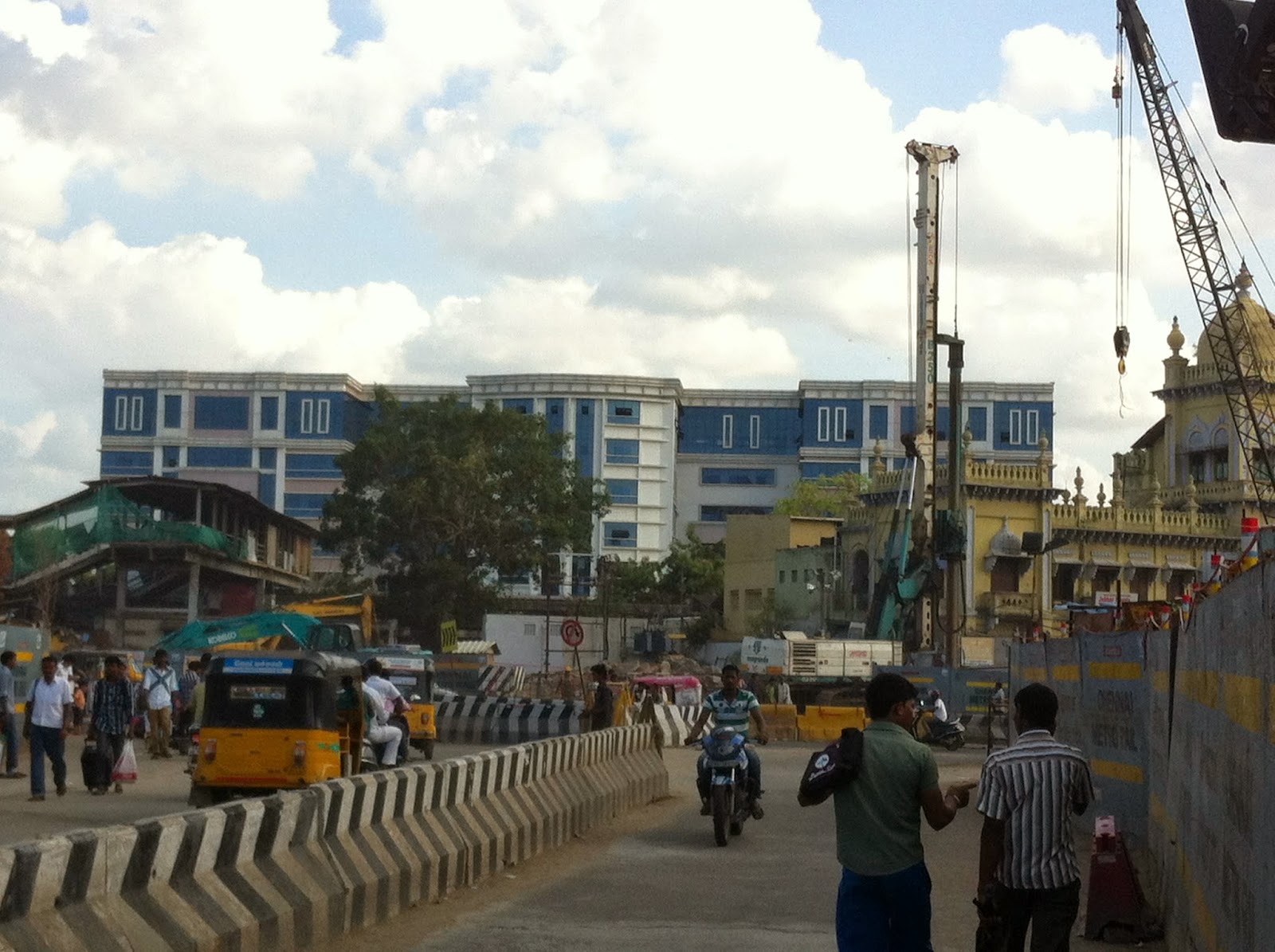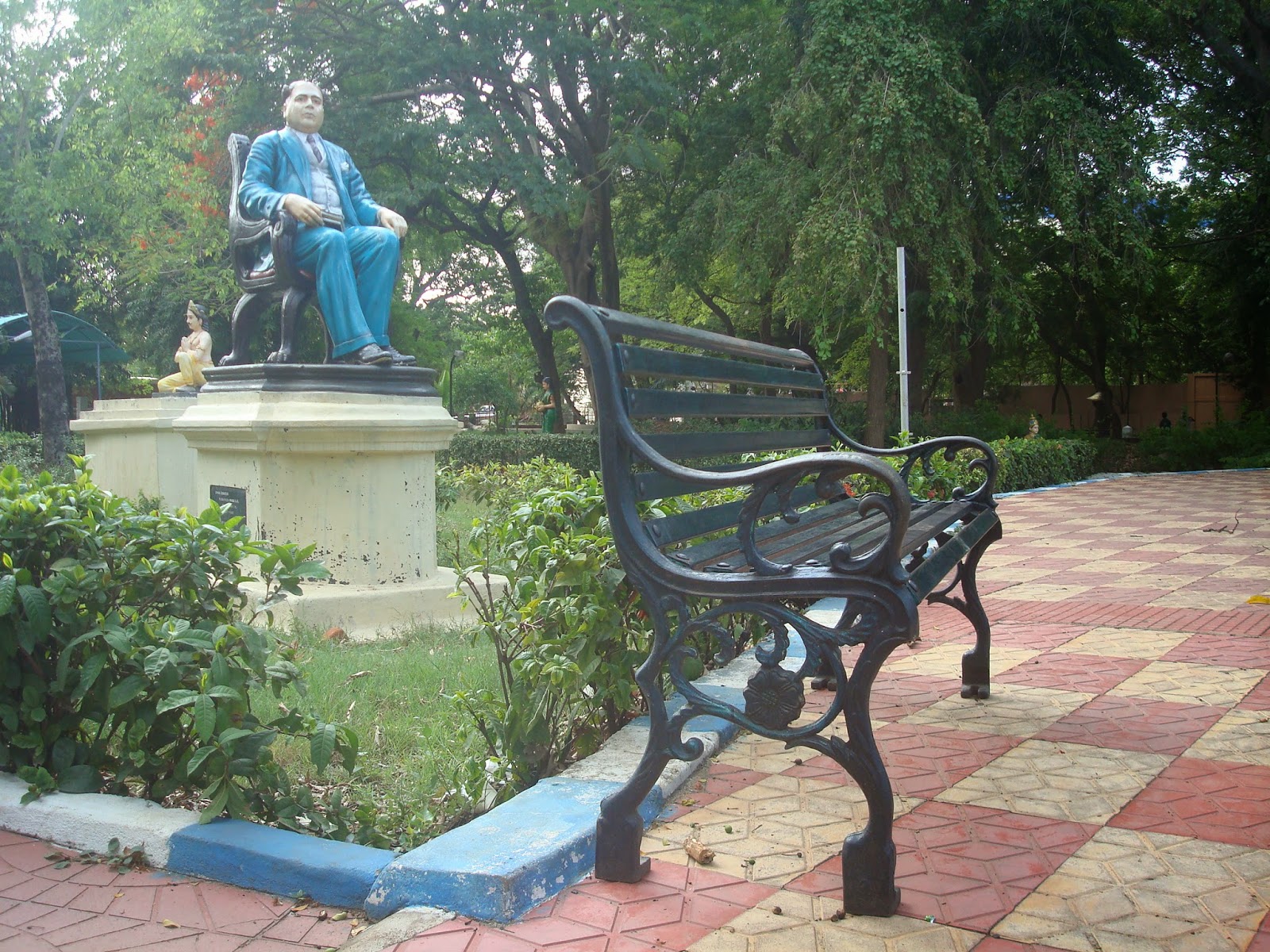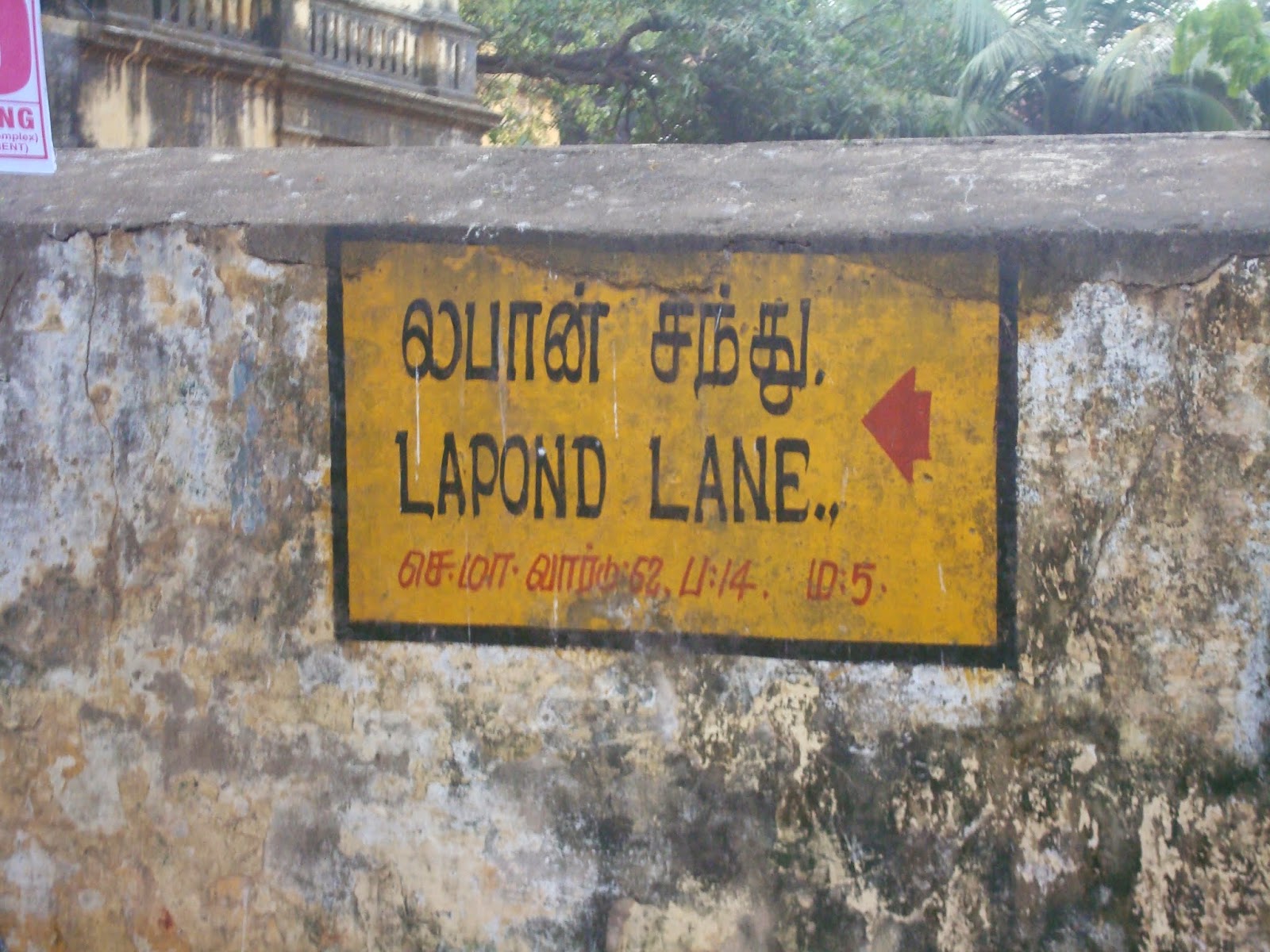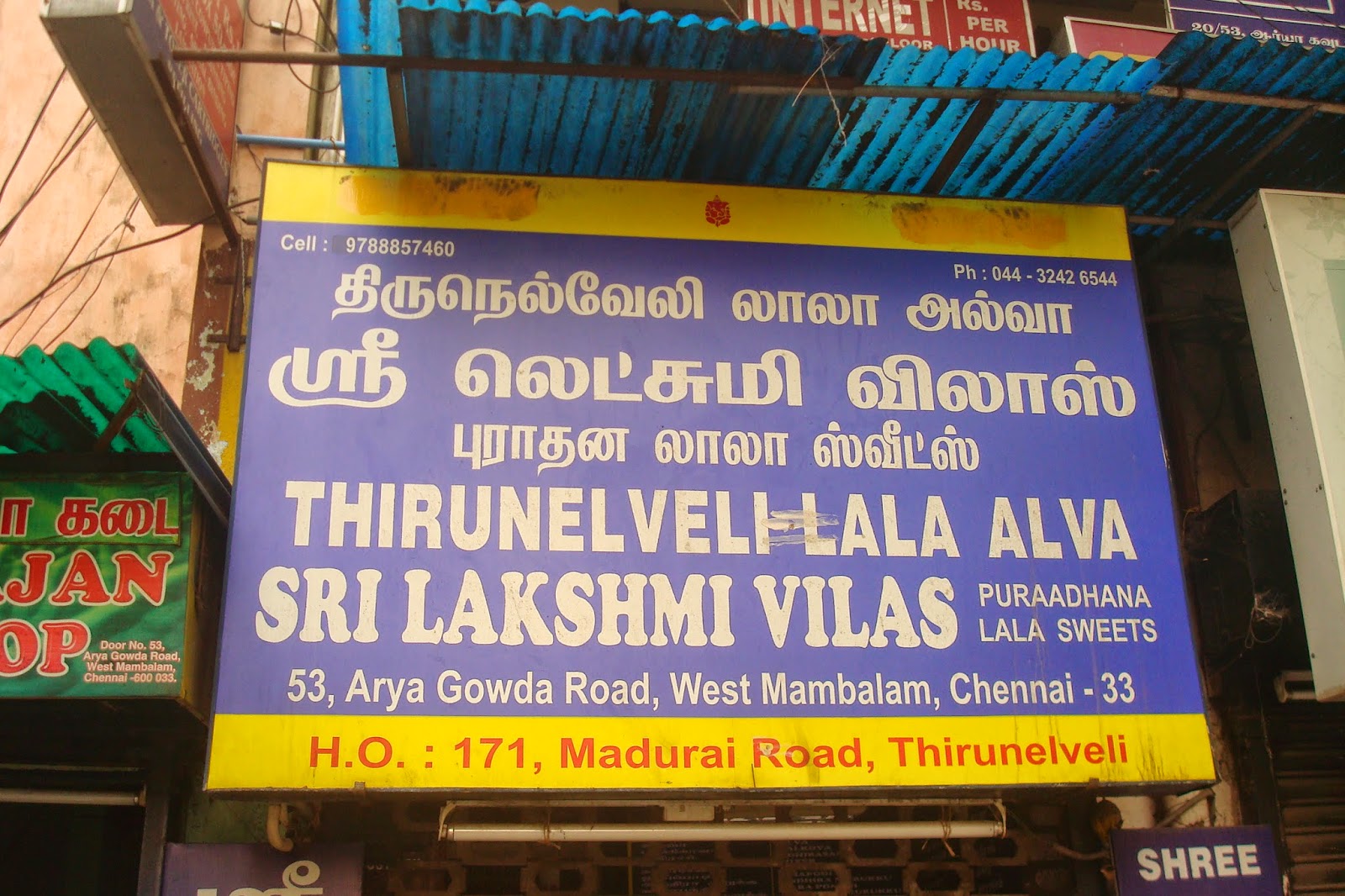In the evening of May 30, 1985, the city of Madras heard about a fire near the Central Station. By the next morning, the fire, supposedly set off by an electrical fault, had completely gutted an 85-year old icon of the city. More than 20 fire engines, including Simon Snorkel, had battled the blaze, but the combination of paper, cloth, vinyl and plastic made sure that the building was beyond salvage. Thus ended Moore Market, the go-to place for old books, records, clothes, pet supplies, exotic meats and pretty much everything that anyone in Madras might have a fancy for.
In the closing years of the 19th century, an organized market for groceries, meats and other items was a dire need for the city's European (and westernized) residents. An earlier market, on Popham's Broadway, had been long marked down as being unsanitary, but no concrete action on an alternate had been taken. Enter Sir George Montgomerie John Moore, who had taken over as President of the Corporation of Madras in 1886. Though he had begun addressing this requirement in the early days of his term, the selection of a suitable site - which turned out to be a corner of the Peoples' Park near the Central Station - and clearing it up (there was a thriving Gujili Bajaar (okay, Guzili Bazaar), a grey market of second-hand, counterfeit and purloined goods operating there) took a while and it was only in 1898 that the foundation stone was laid.
Sir George was clear that apart from its functional requirements, the new market should aesthetically blend its architecture with its neighbours, Central Station to the east and Victoria Public Hall to the west. The architect chosen was R.E.Ellis and the market was built by A. Subramania Iyer. In 1890, the Governor of Madras, Sir Arthur Havelock opened the Moore Market for trade. Over the course of the 20th century, the Moore Market served the needs of a variety of Madras' citizenry, until other shopping options came up in the 1970s and 80s. Yet, Moore Market held on. The bookshops were a bibliophile's paradise and many other things beside. With that fire on a summer night, a part of Madras' soul was extinguished.
There are many claimants to the name today. The Allikulam (அல்லி குளம் - Lily Pond) complex tries to pass off as today's Moore Market. There is a digital version somewhere. The Railways call their office complex (built where the market stood) the "Moore Market Complex (MMC)". But the original building can be seen in this faithful replica, right in the middle of the parking complex outside the Railways' MMC. The model is quite exquisite, but the way it is neglected forces one to thinking that it might meet the same fate as its original!































